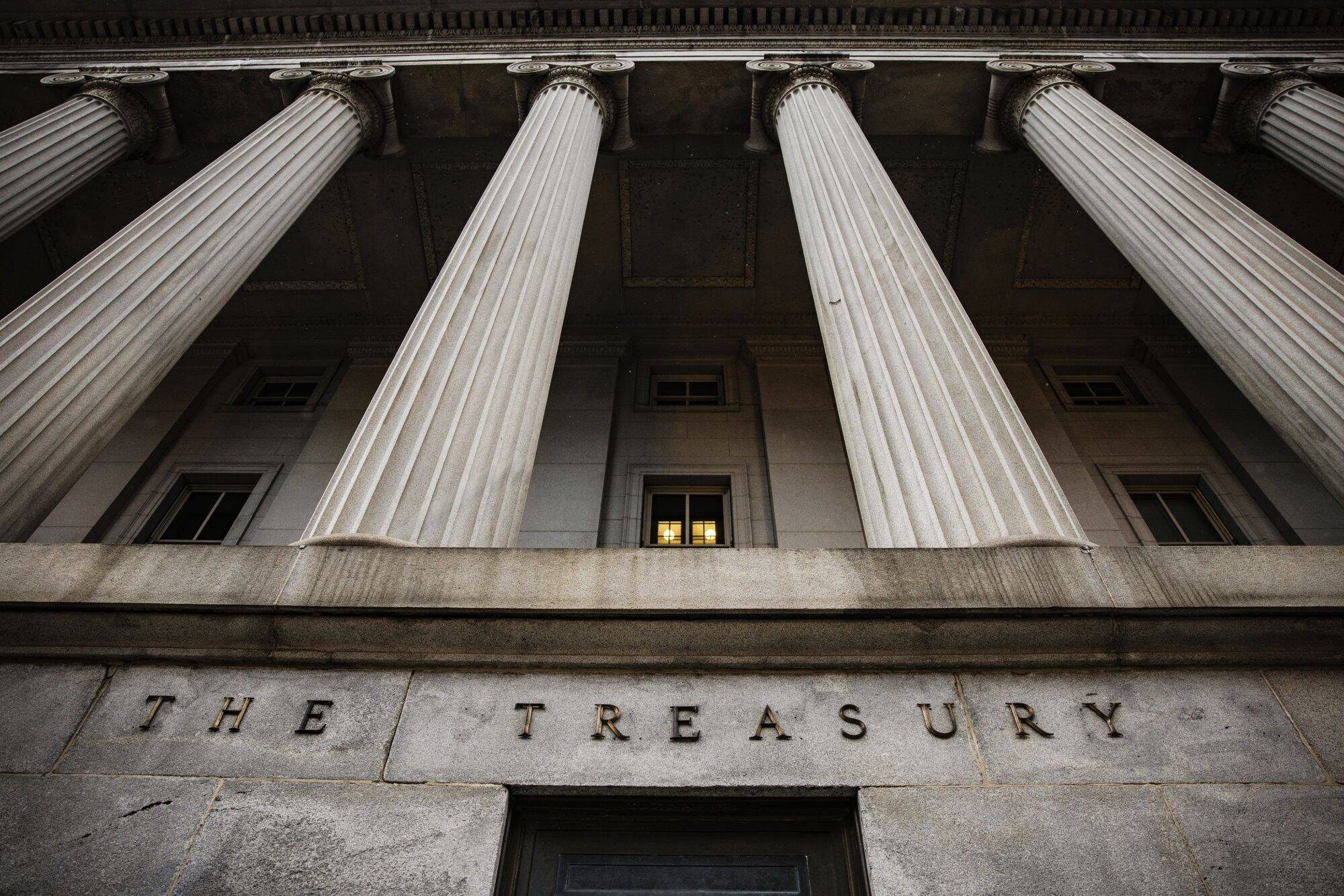Now is a good time to buy this inflation-indexed savings bond  The U.S. Treasury building in D.C. (Samuel Corum/Bloomberg News) | Rising inflation has been bad for consumers with the escalating cost of gas, groceries and rent causing people on the financial edge to struggle even more. But for investors with money to spare and who are looking for safety, inflation has been good for Series I Bonds, which the Treasury Department announced will be paying 9.62 percent until the end of October. Financial experts warn investors about chasing returns. However, this may be a good time to consider I bonds. [Prices rose 8.5 percent in March compared to 2021, driven by energy costs] "When inflation goes crazy like it is now, at least I bonds keep pace with inflation," said Carolyn McClanahan, a certified financial planner who founded the fee-only Life Planning Partners based in Jacksonville, Fla. Here's what you should know about this type of savings bond. WHAT TO KNOW - What is an I bond?
- Where can I buy I bonds?
- How much in I bonds can I purchase?
- Are I bonds taxable?
- What do I lose if I cash the bond early?
- What's good about an I bond?
What is an I bond? Series I Savings Bonds, which were first issued in 1998, are designed for inflation protection. There are two components to the return for the bond — the fixed rate and the inflation rate. The fixed rate, which right now is zero percent, stays the same for the life of the bond. "The fixed interest component is abysmal, but when inflation is high, the return on the I bonds are adjusted for the inflation rate and your return is higher." McClanahan points out. The inflation rate changes, every six months. The fixed rate of return and the semiannual inflation rate are announced by the Treasury Department each May and November. The inflation rate component is based on changes in the Consumer Price Index for all Urban Consumers (CPI-U). For I bonds issued from May 2022 through the end of October 2022, the overall rate is 9.62 percent. "Every six months from the bond's issue date, interest the bond earned in the six previous months is added to the bond's principal value, creating a new principal value. Interest is then earned on the new principal," the Treasury explains. The bonds are sold at face value, so you pay $100 for a $100 bond. 25 years writing the Color of Money column On March 30, I celebrated the 25th anniversary of writing the Color of Money personal finance column for The Washington Post. If you missed it, here's the column: What I've learned from writing a personal finance column for 25 years. I asked for your comments on how the column may have impacted your life. If you still would like to share your thoughts, send your comments to colorofmoney@washpost.com. I'll continue to share your responses. Sallie Henderson of Tulsa wrote: "I listened for you on NPR and have been reading your column in the Post since subscribing in 2016. Your attitude towards spending, saving, and investing have been absorbed by me and I am trying to pass it on to my son. It is with gratitude that I wish you congratulations on the 25th anniversary of The Color of Money." Your feedback If you have a personal finance question for Washington Post columnist Michelle Singletary, please call 1-855-ASK-POST (1-855-275-7678). Send your comments and questions to colorofmoney@washpost.com, but due to the volume of mail, personal responses may not be possible. Please also note that comments or questions may be used in a future column, with the writer's name, unless a specific request to do otherwise is indicated. | 




No comments:
Post a Comment